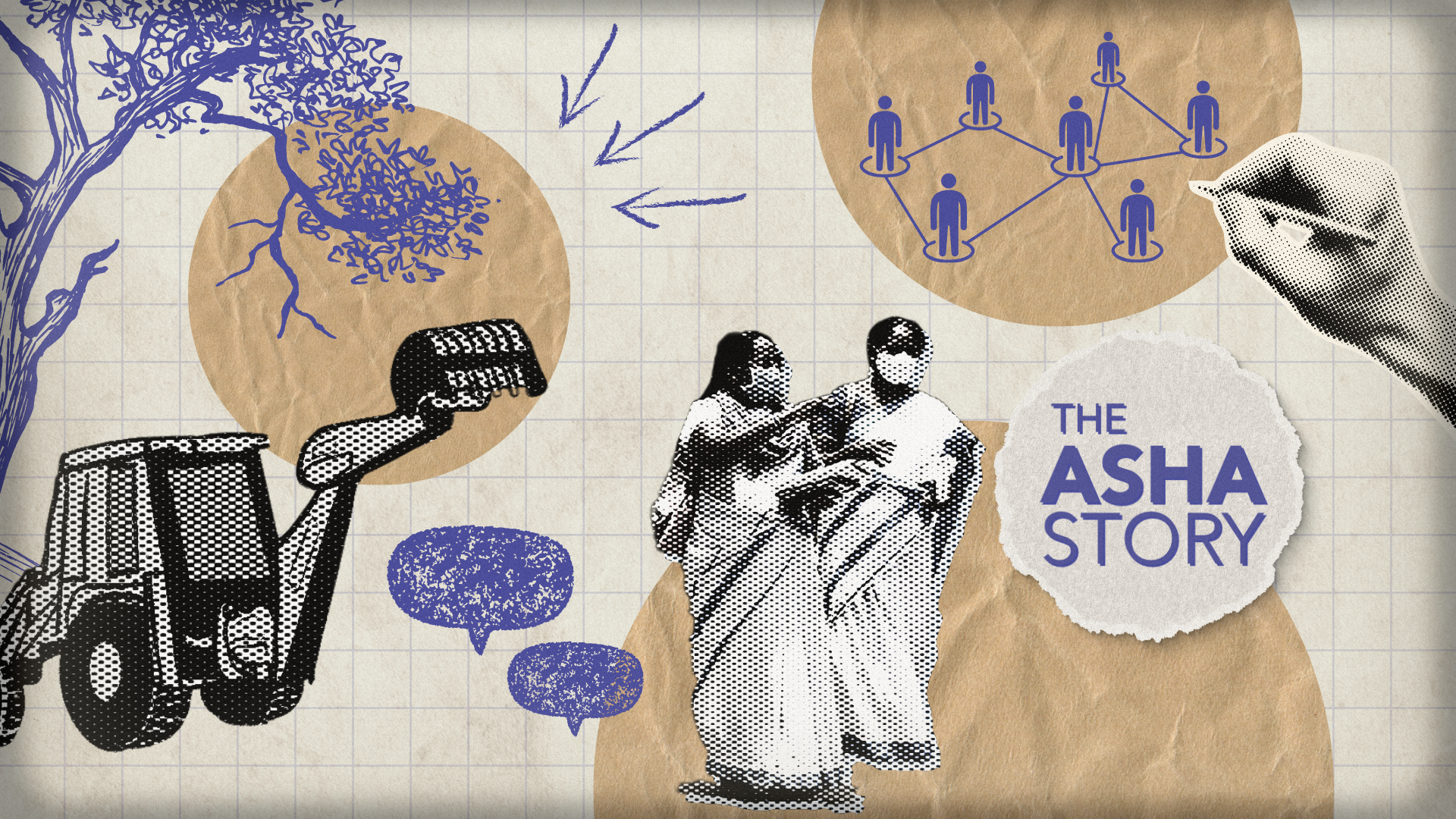India’s forests, both urban and non-urban, are in danger. The people who live within them, Adivasis and other forest dwellers, even more so. This is a loss of their home, memory, ancestry, spirit and their economy. In May alone, three instances of evictions and violence came to everyone’s notice. The Jenu Juruba group were marching to reclaim their forests in Karnataka’s Nagarhole; the Van Gujjars were living in fear under the shadow of state repression in Uttarakhand’s Jim Corbett National Park; and Adivasis came to confrontation with the district authorities even as their legitimate claims to titles were rejected in Madhya Pradesh’s Burhanpur. We had also been following the Indian forest story, through its many strands, for a long while – documenting, from Mumbai’s Aarey and Thane’s Chirag Nagar to Chhattisgarh’s Bastar, the fights waged by women and Adivasi communities.
We asked ourselves: Why was this happening when forests were governed by a historic, progressive, rights-based framework – the Forests Rights Act? The legislation was enacted to right the historical wrongs and place power back within the hands of the forest dwelling communities. Where did things go wrong?
At BehanBox, we have been taking a longue durée approach to our critical stories, understanding the historical underpinnings to explain current moments. We believe this exercise in context setting is necessary, not just for us as reporters and editors, but also our responsibility to our readers. We need to connect the dots and explain the continuities and disruptions within our structures, laws, and policies, to understand how the government places citizens in its imagination.
So after numerous ground reports on land grabs, resource extraction, evictions and displacement, we dug deeper into India’s history of forest governance from colonial to the modern times. We discovered knots of contradictions – between the forest and tribal affairs departments, colonial extractive idea of forest conservation and the community driven one, and India’s older forest acts vs the more recent Forest Rights Act. This explained the tension between the state and its people – the Adivasi communities and forest dwellers. It also enabled an oppressive regime where evictions were rising, state violence was becoming disproportionate, and the nexus of corporate greed and big infrastructure was claiming the lands that were once sacred.
It is an approach that has helped us understand not just the evolution of laws but the philosophy of governance, the forces that shaped it over time, and the impact on communities. We applied the same thinking to make sense of India’s Time Use Surveys, domestic workers legislation or the lack thereof, and Delhi’s unique governance models. We have also observed a pattern where we see older conservative laws trumping over the new progressive ones, in practice. It is a strand we hope to observe more keenly and deeply in our future stories.
Read our story on why India’s forest governance fails Adivasi and forest-dwelling communities here.








